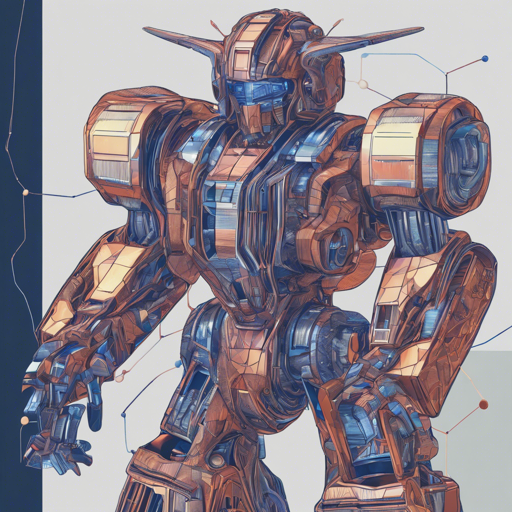The Kolmogorov–Arnold Transformer (KAT) is a remarkable innovation in the realm of deep learning, specifically designed to enhance the efficiency of transformers in large-scale training scenarios. This guide will walk you through the steps to implement KAT using PyTorch, ensuring a smooth setup for your project!
What is KAT?
KAT modifies traditional transformer architectures by replacing Multi-Layer Perceptron (MLP) layers with Kolmogorov Arnold layers (KAN). This enhancement is proven to improve scalability and performance, particularly in tasks related to image classification.
Key Features of KAT
- Base Functionality: Utilizes CUDA-implemented rational functions instead of B-spline.
- Group KAN Efficiency: Weights are shared across groups of edges, making computation more efficient.
- Initialization Stability: Ensures consistent activation magnitudes across all layers.
Installation and Dataset Setup
Firstly, ensure that you have the necessary dependencies installed. The following commands will help you get started:
# Install torch and other dependencies
pip install timm==1.0.3
pip install wandb
git clone https://github.com/Adamdadrational_kat_cu.git
cd rational_kat_cu
pip install -e .
Data Preparation: You need to organize your dataset as specified (ImageNet is used in this example). Use the provided script to extract ImageNet properly:
ImageNet ScriptYour folder structure should look like this:
imagenet
├── train
│ └── n01440764
│ ├── n01440764_10026.JPEG
│ └── n01440764_10027.JPEG
└── val
└── n01440764
├── ILSVRC2012_val_00000293.JPEG
└── ILSVRC2012_val_00002138.JPEG
Model Checkpoints
To utilize pre-trained models or checkpoints, download the models using the links provided in the KAT documentation. For example:
Model Setup Param Top1
------------------------------------------------
KAT-T From Scratch 5.7M 74.6 [link](https://github.com/Adamdad/kat/releases/download/checkpoint/kat_small_patch16_224_32487885cf13d2c14e461c9016fac8ad43f7c769171f132530941e930aeb5fe2.pth)
Using the Model
Refer to example.py for a practical illustration of how to classify images using KAT with the timm library.
Model Training
To set up model training, you can refer to the training scripts. A sample shell command to train KAT might look like this:
bash ./scripts/train_kat_tiny_8x128.sh
Troubleshooting
If you run into issues while setting up or training the model, consider the following:
- Check the installation of all required packages to ensure compatibility.
- Verify your dataset’s folder structure to avoid any file not found errors.
- Consult the GitHub discussions linked in the acknowledgments section for community support.
For more insights, updates, or to collaborate on AI development projects, stay connected with fxis.ai.
Conclusion
The Kolmogorov–Arnold Transformer represents an innovative step forward in Transformer architecture. By leveraging KAN layers, it offers significant improvements in performance for large-scale models. At fxis.ai, we believe that such advancements are crucial for the future of AI, as they enable more comprehensive and effective solutions. Our team is continually exploring new methodologies to push the envelope in artificial intelligence, ensuring that our clients benefit from the latest technological innovations.

